Septic Tank & Sewage Solutions
- Septic Tank Problems
- Septic Tank Regulations
- Septic Tank Conversions
- Septic Tank Installations
- Sewage Treatment Plants
- Ground Percolation Testing
We work on both domestic and commercial properties to ensure that if you are faced with a drainage, septic tank or sewage related problem, we can help sort it out. As a professionally run business we pride ourselves on the comprehensive services we provide and our high levels of customer satisfaction. Our staff have all been trained to the highest standards and are able to offer quick solutions to whatever problem you have.
Beacons Drainage © All rights reserved | Cookies & Privacy Policy | Design by View Web Design
Drainage
- CCTV Surveying / Tracing
- Drainage
- Cold Water Supply Installations

 Our Services
Our Services
Beacons Drainage are drainage specialists covering Wales and the borders
Work undertaken for Local Authorities, Landlords and Private Customers.
ALL ASPECTS OF DRAINAGE REPAIRS UNDERTAKEN
Work undertaken for Local Authorities, Landlords and Private Customers
official installers in South Wales

Septic Tank Installations
Beacons Drainage have been septic tank installers for over 20 years and provides a professional service from an initial site assessment all the way through to installation and commissioning of the chosen septic tank system. For rural locations where mains drainage is unavailable, septic tank installations offer an economical way to dispose of waste water in conjunction with the use of a drainage field (soakaway).
Design
We provide a free advisory service including no obligation site visits and assessments. During our visits we will inspect the existing drainage arrangements and identify the reasons for any occurring problems. Following our site assessment we provide a detailed description and quotations for the works involved.
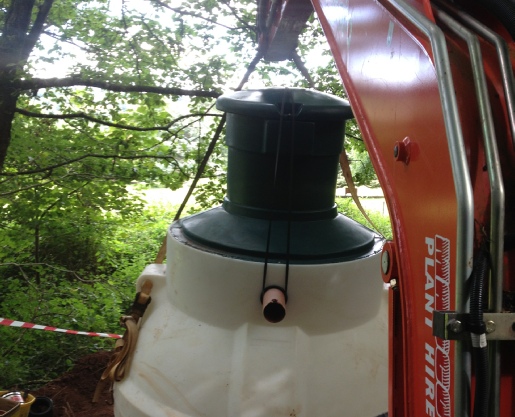
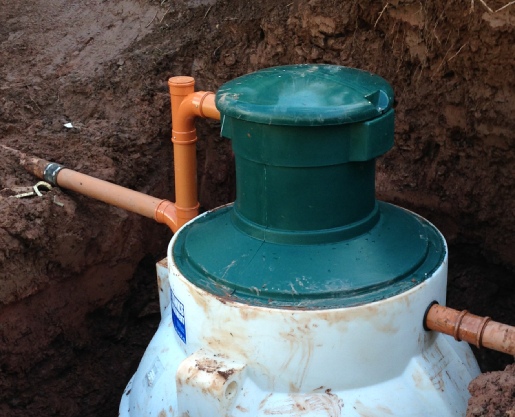

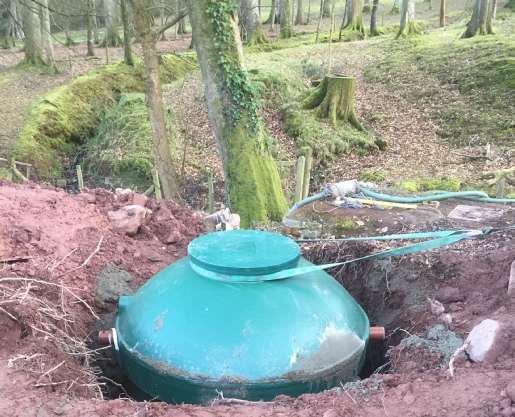
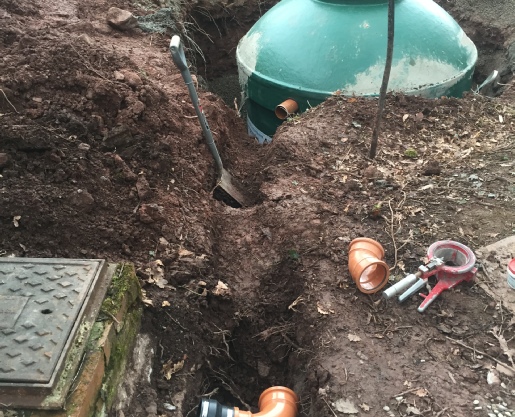
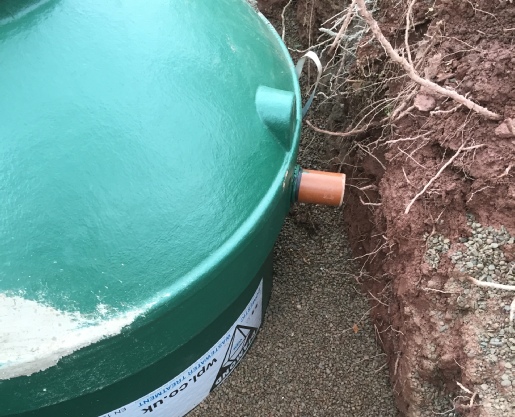
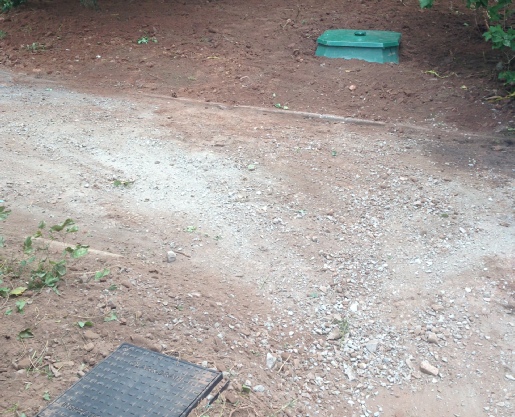

Delivery
On the majority of projects the chosen sewage treatment plant, septic tank or cesspool will be delivered direct to the site.
Installation
We are accustomed to the correct handling and installation of all makes and models of Septic Tanks.
If you have a requirement for a septic tank installation or need advice regarding a septic tank problem, call us today to find out how we can help on 07817 322201 or email us
Further Information:
What is a Septic Tank?
Septic tank systems have been widely used in rural areas of the UK since the early 1900’s for areas where mains drainage is not available or the cost of connection is prohibitive.
A septic tank receives all of the waste water from the house, including toilet, laundry, bathroom and kitchen waste. The main purpose of a septic tank is to separate the solid material and allow the sludge formed to undergo a process known as anaerobic digestion. This has the effect of reducing the sludge volume and therefore the frequency of septic tank emptying by vacuum tanker.
The effluent from a septic tank is disposed of to a soakaway. Under no circumstances should it be allowed to discharge to a ditch or stream. Such a discharge is an offence under the Public Health and Water Resources Acts and renders the offender liable to prosecution by the Statutory Authorities. With environmental authorities becoming more stringent, the use of septic tanks has declined in recent years and need for sewage treatment plants has increased.
Requirements surrounding septic tank installations.
Although septic tank installations are a useful way of dealing with waste water, due to recent changes in legislation it is often necessary that a sewage treatment plant would need to be installed to ensure regulatory compliance. For instances where a septic tank installation is suitable it would also be necessary for a suitably sized drainage field to be installed to receive the effluent discharged from the septic tank.
The first stage in determining the suitability of a septic tank installation is to conduct percolation tests to ascertain if the sub-
How does a septic tank work?
A septic tank receives all of the waste water from the house, including toilet, laundry, bathroom and kitchen waste. The main purpose of a septic tank is to separate the solid material and allow the sludge formed to undergo a process known as anaerobic digestion. This has the effect of reducing the sludge volume and therefore the frequency of septic tank emptying by vacuum tanker.
The effluent from a septic tank is disposed of to a drainage field. Under no circumstances should it be allowed to discharge to a ditch, stream or any other watercourse.
Components of a Septic Tank System
The components of a septic tank system are the septic tank, which in traditionally built systems can be one or two chambers, and the underground drainage field.
Anaerobic digestion takes place within the septic tank whereby anaerobic micro-
Septic Tank Sizing
Septic tank systems should have as a minimum an operating capacity of 2700 litres for up to 4 persons in full time residence. The size should be increased by 150 litres for each additional user. The operating capacity of a septic tank is the volume below the outlet from the tank. If a septic tank does not have enough operating capacity this will result in finer solids passing through the tank and blinding off the drainage field.
In many traditionally built septic tanks, which are constructed from brick or concrete, the operating capacity is less than 2000 litres and as a result these tanks do not operate effectively. Older septic tanks are often smaller in size due to the daily flow being discharged to these tanks at the time of their construction being far less than modern day usage.
Septic Tank Design
Factory made septic tanks are available in glass reinforced plastic (GRP) or polyethylene and should meet the requirements of BS EN 12566-
Traditionally built septic tank systems are usually one or two chamber systems. Two chambers systems can be either two separate tanks or a single tank with an internal partition wall. The floor of the tank is usually constructed of concrete and the walls are suitably rendered brickwork, concrete or prefabricated blocks. The tank should clearly be watertight and have the strength to withstand the weight of liquid contained and any external pressure.
Other
For further information or advise, please telephone us on 07817 322201 or contact us by email.


